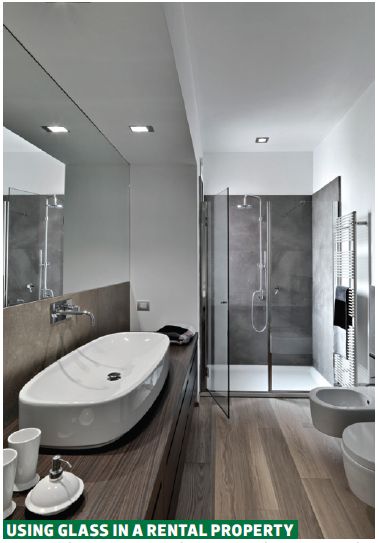Q: When choosing a property to renovate for profit, does the ceiling of the property factor heavily in your decision? What type should you avoid? What would potentially require a lot of work and expense, and should that be avoided? What's your favourite ceiling treatment?
A: I'm not sure the ceilings alone would 'make or break' a property deal, but it's something to factor into your renovationg costs, definitely. For example, I recently viewed a property that still had its original pressed metal ceilings and had rough quote of around $20,000 to restore all of them back to their former glory. Compare that with the cost of just slapping a single coat of white paint on a plain plasterboard ceiling (something a handy DIYer could do themselves for under $100) and you can see the cost vary wildly. It really depends on what the existing ceilings are and the degree of work required to repair or restore them. In some cases, especially if you have the ceiling height to accomodate it, it's quicker and cheaper just to install a false (also called suspended) ceiling over the troublesome ceiling. The other advantage with this is that it gives you a ceiling void in which to install new lighting, such as recessed downlights.
In older properties (pre-1980s), asbestos ceiling are something to be aware of. These can that look like popcorn or individual panels (a search on Google images will show you what to look for). You can put in false ceiling to cover popcorn ceilings - the fact is, they're ugly anyway, will date a place and buyers hate them. If you don't have the ceiling height for a false ceiling, then you can have them professionally removed - or live with it. If you're doing a structural reno, then there's no question you need to have any asbestos removed by licenses asbestos removalist, and that can get expensive.
Fortunately, the most common ceilings are plain old plasterboard, which often just require a lick of paint to come up like new. If they're in shabby condition, then get a plasterer in to give you an estimate for any patching or repairs needed first.

Q: What's your view about using glass in a rental property? Is it worth exploring? What are the downsides and upsides of using glass?
A: It totally depends where you use the glass and the price poitn of the rental property. Would I put a glass under $300,000? No, because tenants wouldn't expect it and I'd simply be overcapitalising. In a multi-million dollar property, however, I'd definitely consider a glass splashback.
Glass lets a lot of light in, and everyone loves a light, bright property, so that's certainly something to weigh up against the possibility of a tenant breaking the glass. In a front door, for example, frosted glass panels can light up an otherwise dark foyer or hallway.
Skylights are cost-effective way to light in, especially in internal rooms that don't get window light. In bathrooms, frameless fixed-glass panels or a frameless glass corner unit with pivoting doors are shower options. I'd consider for any bathroom renovation these days; neither are particularly expensive and they're contemporary look people expect. So, yes, I think glass is fine for a rental property, used in the right context.
ECO-FRIENDLY HOMES
Q: Are you seeing a trend where buyers or renters prefer eco-friendly homes to those that are not? Should landlords consider installing something eco friendly in their rental property or is it a waste of time and money.
A: While I’d love to think everyone is happy to pay apremium for environmental features over and above the mandatory ones, the reality is most people still buy/rent on price, especially in markets where affordability and supply are major issues. For renters, I’m sure it’s a real drawcard to live in a place with negligible power bills because it’s all solar-powered, but if they’re paying a hefty rent for the
privilege (to recoup the investor’s cost of installing the panels in the first place), they might think twice. That said, there's a level of expectation these days that properties will have the standard water- and energy-saving devices. My advice is to do as much as you can eco-wise on the budget you have.
When renovating, good cross-ventilation and top-notch insulation go a long way in reducing reliance on heating and air conditioners. Buying taps, shower heads, appliances and bathroom PC items with excellent energy star ratings doesn’t have to cost more, but saves the occupier loads in energy bills and water useage. Gas water heating instead of electric is also a plus. I’d tend to look at all of the smaller things you can do before spending big bucks on major eco additions (solar, panels, water tanks, etc) that buyers and/or renters may not be willing to pay extra for in a competitive market. There's certainly a proportion of people passionate about eco-friendly homes who are willing to pay a premium for it, but I don't believe it's the mainstream yet.
.jpg)
Cherie Barber
is the director of Renovating For Profit,
a company that teaches everyday people how to
buy and sell/rent old properties for a profit.
